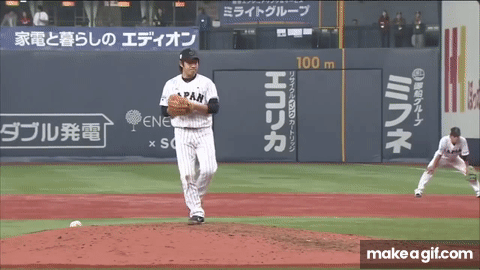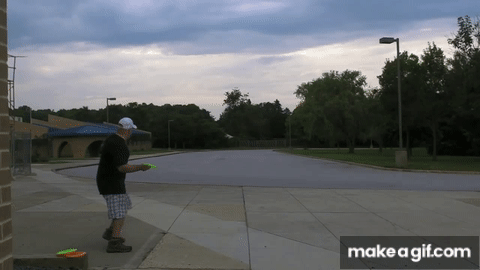I must be understanding this wrong. Compression to me means your body is lowering, your weight is going downwards into the ground, thus compressing your leg. So your plant leg compressing would be crushing the can, knees bending, height lowering during that. Compression is like loading a spring.
So then the opposite of that, decompression means I'm increasing in height. I'm pushing away from the ground, the knee is extending, I'm getting higher, thus my elbow joint is also getting higher. I'm releasing the loaded spring energy from before.
That's how I am thinking about it, reading what you wrote it sounds as if we compress onto the plant leg, and keep compressing (keep lowering in height, bending knee more and more) and then when we start the arc/hit while still low and into the ground... Is this what you mean?


